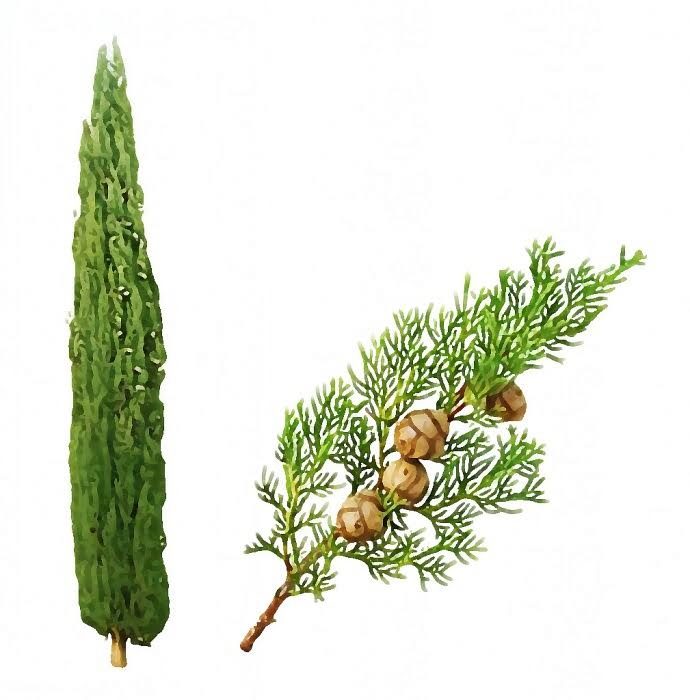
Les Bois d’Ébénisterie. Le Cyprès.
26/01/2023Cupressus Sempervirens ( Cupresaceae)
Son nom vient de Chypre cet arbre est originaire de l’Asie occidentale, et présent depuis des millénaires dans le bassin méditerranéen . (1)
Sa longévité exceptionnelle au delà de 500 ans ainsi que sa croissance lente, lui confère le symbole de l’immortalité. C’est sans doute pour cette raison que le corps de Charles VII a été placé dans un coffre en cyprès.
Son bois est de couleur ivoire à brun comprenant des veines foncées et une nuance de rosé. Son grain fin et homogène comprend neanmoins de nombreux noeuds rendant son sciage difficile. Par tranchage l’on obtient des placages marbrés et ronceux.
Imputrescible & odoriférant.
Les égyptiens utilisaient le cyprès pour les sarcophages. Quant aux Grecs et aux romains ils se servaient du cyprès pour de multiples usages, charpentes, sculptures etc.
En France, il fut très apprécié jusqu’au XIII° siècle. Étienne Boileau le cite à l’égal de l’ébène. Le roi Charles V possède « Chayère »en cyprès et au siècle suivant le Duc de Berry a des tables en cyprès.
En 1455 , selon Gay on utilise le cyprès entre autre pour des coffres. Le petit Palais conserve une intéressante armoire à deux corps du XVI° siècle où le cyprès est l’un des bois utilisés.
Au XVI° siècle et au XVIII° siècle, l’ébénisterie dispose de nombreux bois exotiques qui limitent l’intérêt du cyprès. Il devient alors un bois secondaire dont l’utilisation se limite à un détail d’ornementation où un élément de marqueterie. A cette même période lors du règne de Murad III ( 1574-1595) céramique d’Iznik produit des plats à décor de cyprès. Un exemplaire est visible au Musée national de la Renaissance à Ecouen. Des albarelli de même origine à décor de cyprès en céramique Siliceuse aux teintes blanc bleu sont aussi visibles au Musée du Louvre.
Au XIX° siècle, le Cyprès figure toujours comme bois d’ébénisterie mais son emploi reste limité. A cette même période Les peintres notamment symbolistes développent un regain d’intérêt pour son image. A voir les oeuvres de Félix Ziem ( Beaune 26-02-1821- Paris 10-11-1911) au Petit Palais. (4) où celles d’Edmond Cross au Musée du Petit Palais à Genève.
Actuellement il remplace quelquefois l’if pour des meubles dits rustiques où l’on tire un effet décoratifs de placages figurés ronceux , marbrés grâce à la présence de nombreux noeuds.
Bibliographie : Jacqueline Viaux-Locquin* Les bois d’ébénisterie dans le mobilier français. Fiche 41 P85
1:https://hal.science/hal-03557855/document
2: https://dumas.ccsd.cnrs.fr/dumas-00755802/document
3:https://hal.science/hal-03424635/document
4:https://www.parismuseescollections.paris.fr/en/node/226461#infos-principales
